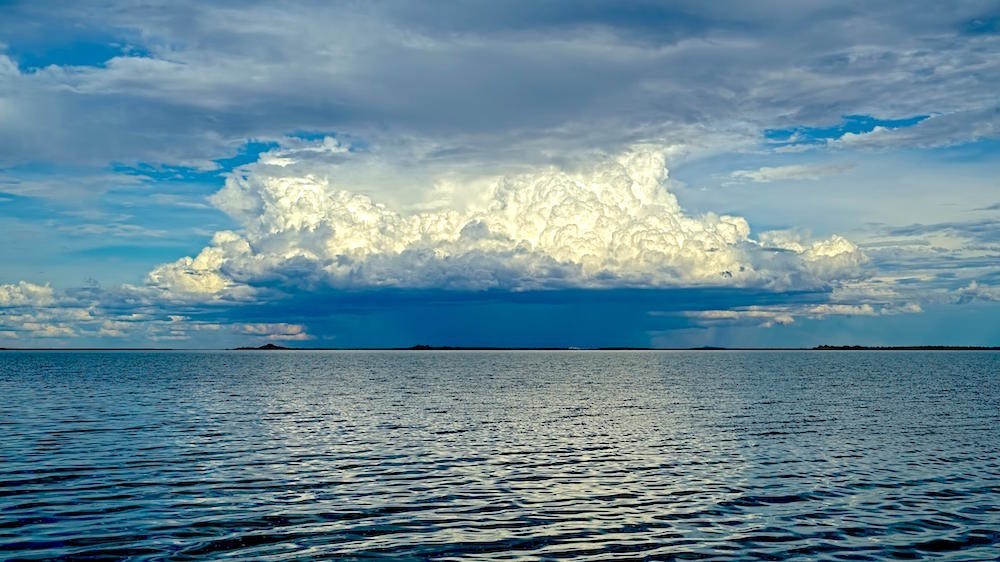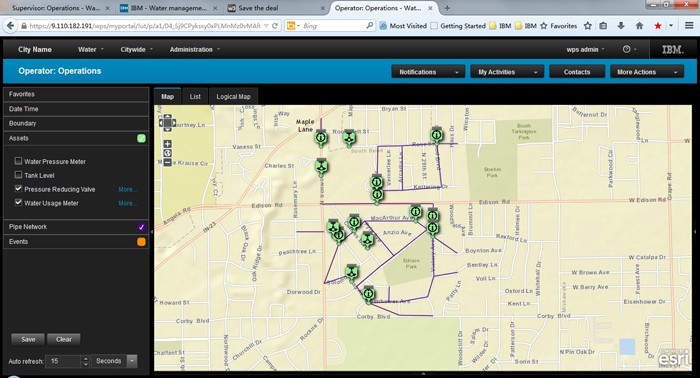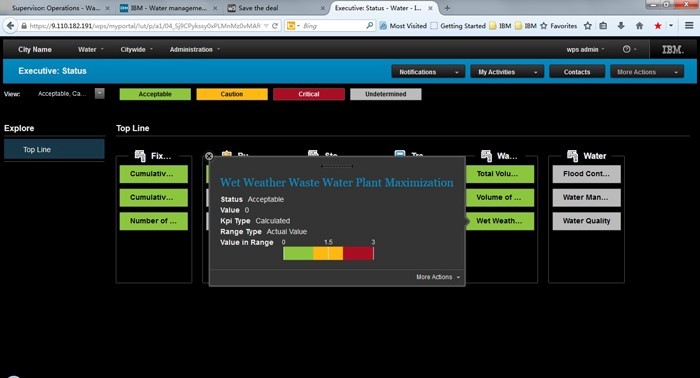IBM Watson helps increase water efficiency in California

There are many regions in the world where there is not enough water. Obviously, the worst of all is accounted for residents of places with arid climate and minimal amount of moisture sources. Water supply in these regions is often quite complicated: until the moment when water begins to flow from the tap, it passes an intricate path from the source to the consumer.
When planning a water supply in such places have to solve several complex problems. This balance needs / available resources, monitoring weather conditions, ensuring the sustainability of local ecosystems. Decisions are made on the basis of information that is rarely complete, so errors occur. And what if there is more information and it will be more accurate? OmniEarth decided to use the IBM Watson cognitive service to ensure efficient water planning in California, USA. The cognitive system provides the company's employees with the necessary data for about a year, and problems that previously seemed intractable begin to be solved.
The beauty of machine learning is that the system is able to learn to make decisions based on a limited amount of data. To show examples and possible solutions the system needs only once, after which it will work independently already. Show the apple to the system and it will be able to find the apples in all the images shown after that. Show her aerial photographs of the regions where drought is about to happen, and the system will be able to predict drought from other such photos.
')
Analytical company OmniEarth is engaged in the analysis of a large number of satellite and aerial photographs to determine the places where water is most needed. Now the company began to assist in the work of IBM Watson.
“Our service has never been trained to recognize aerial photographs. But partners from OmniEarth were able to quickly teach him to work with such snapshots using a number of examples, ”says IBM employee Jerome Pesenti. “When they took hundreds of thousands of images from different regions of California, let them through a classifier that was trained before that, they were able to identify many of the water problems in these places.”
“What we have done is to study every centimeter of regions that interest us. We defined the area of trees, shrubs, pools and roofs, regions with and without irrigation, ”says OmniEarth spokesman Jonathan Fentzke. Then the specialists “fed” the system with data on the weather conditions of these regions, together with indicators of water evaporation. IBM Watson, after analyzing all these terabytes of data, was able to determine the regions where additional water supply is most needed.
The system was able to determine where water is used efficiently and where it is not. Typically, water companies know how much water households or businesses spend. But companies are not able to determine how effectively water is consumed. And some homeowners can consume twice as much water as they need. In enterprises, this figure is even higher. IBM Watson can show the water infrastructure user how much water is needed in each case, and how much is wasted.
And then the user himself must begin to act. For example, check the pipes - suddenly there is a leak somewhere?
IBM has also developed a special software package for monitoring water consumption and efficient water management. This service is called IBM Intelligent Water . It works at different levels, showing the necessary information to consumers, operators, and management of water supply companies.

Information that the user sees

Data that the water supply system operator receives

And this data is seen by the supervisor, assessing the efficiency of water consumption by different regions

And finally, the aggregated data that sees the head of the organization engaged in water supply
OmniEarth processes the data and provides analysis results to those organizations in California that are responsible for water supply. For example, the company Inland Empire Water Utilities Agency and the municipal areas with which it works. The company sees the problem and immediately solves it. Last year, such a scheme of work allowed us to determine the approximation of drought, after which local authorities reduced the water consumption standard by 25%. If it were not for a timely forecast, the effects of drought would be more severe. Many residents of the region received notifications with indications of water use efficiency in their household or enterprise. This has significantly reduced losses. If all water users followed the recommendations they received - water consumption could be reduced even more, and consumers would not feel any inconvenience.
In California, there are problems with water - this is known to all. Therefore, it is necessary to look for ways to solve the problem of the shortage of vital fluids. And IBM Watson is one of the key elements of this solution.
Source: https://habr.com/ru/post/396575/
All Articles